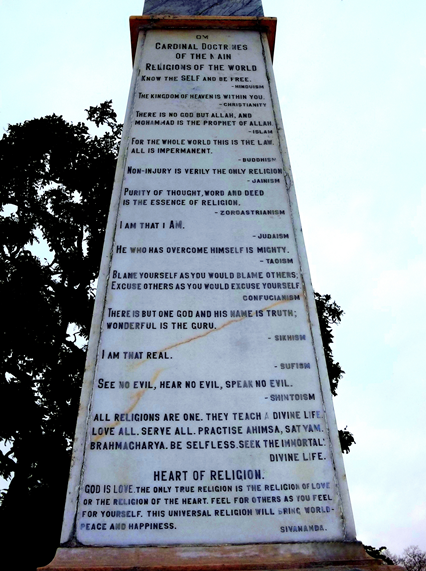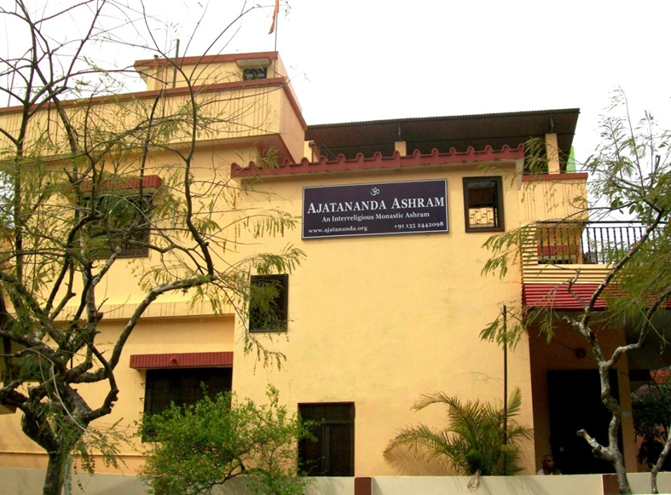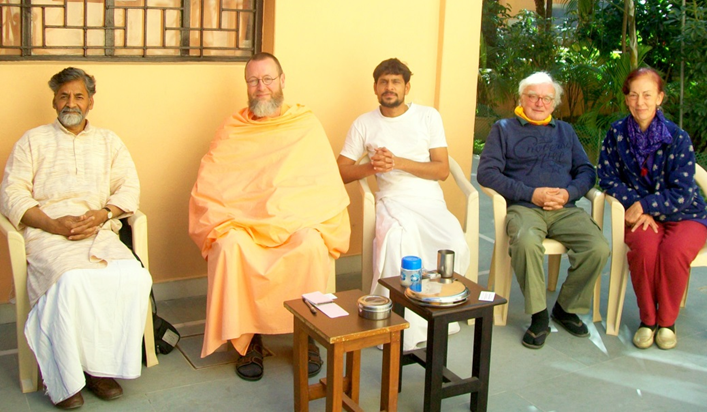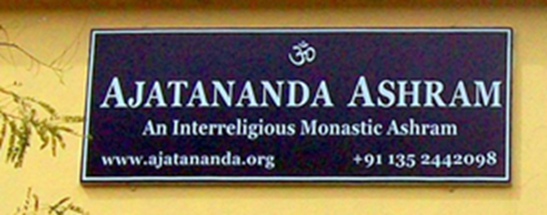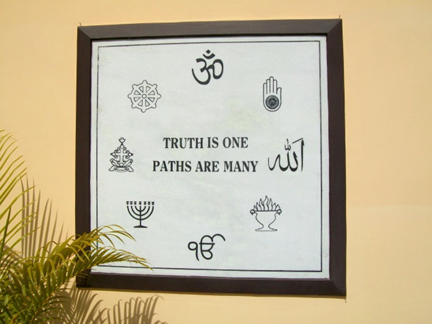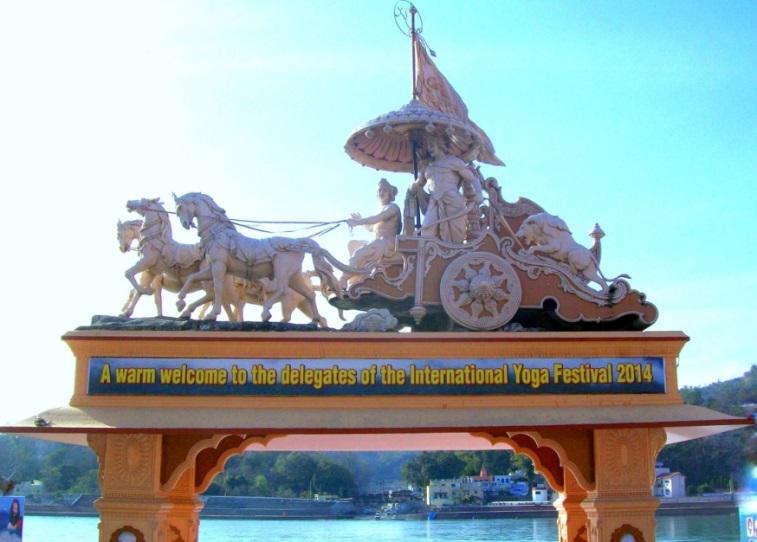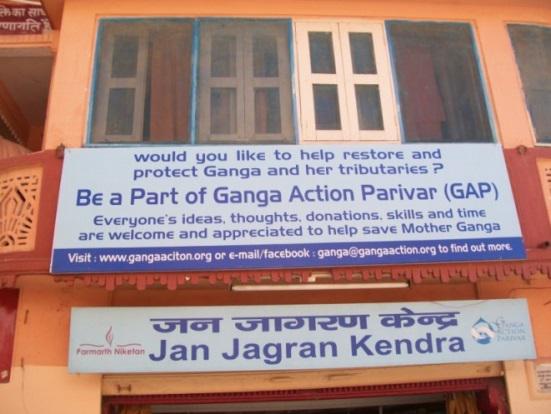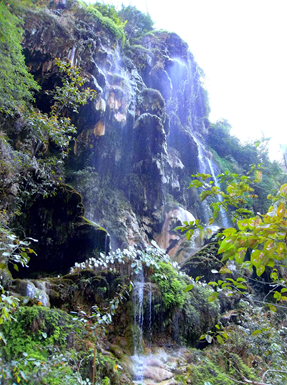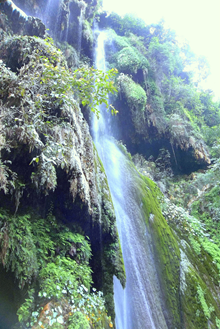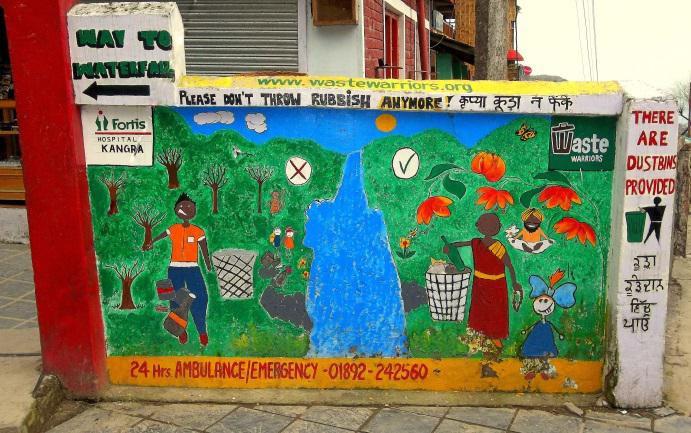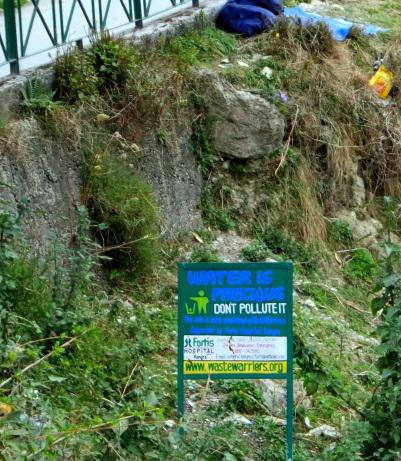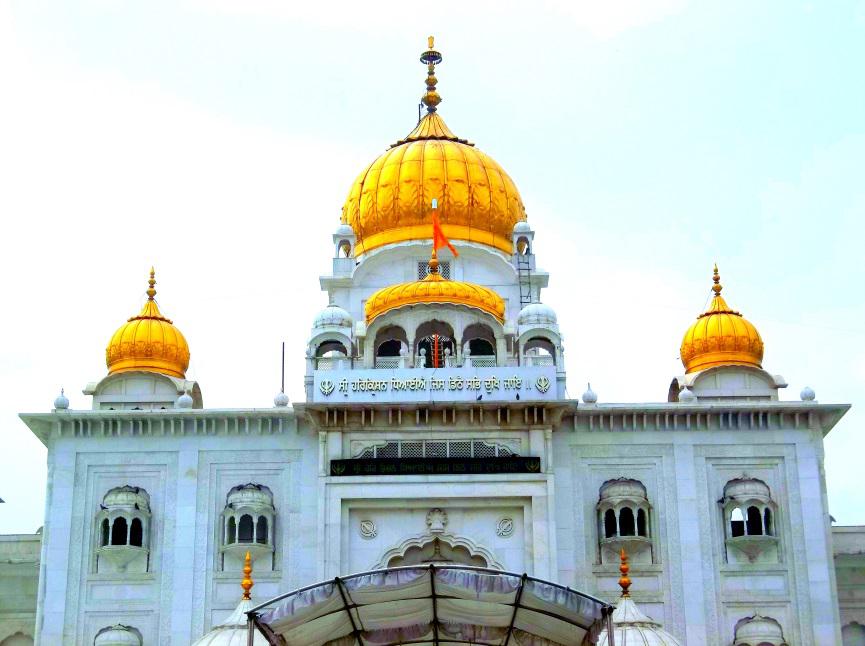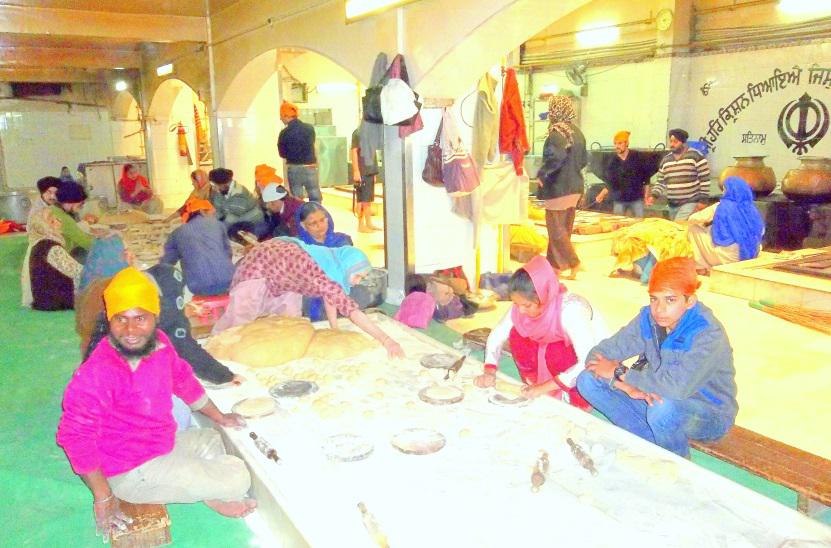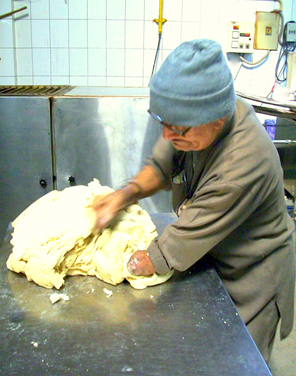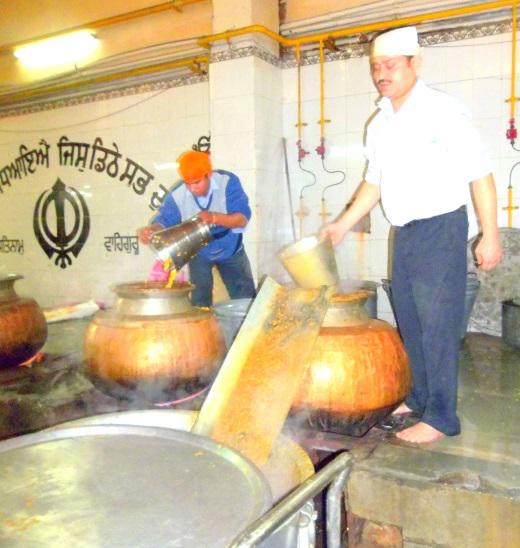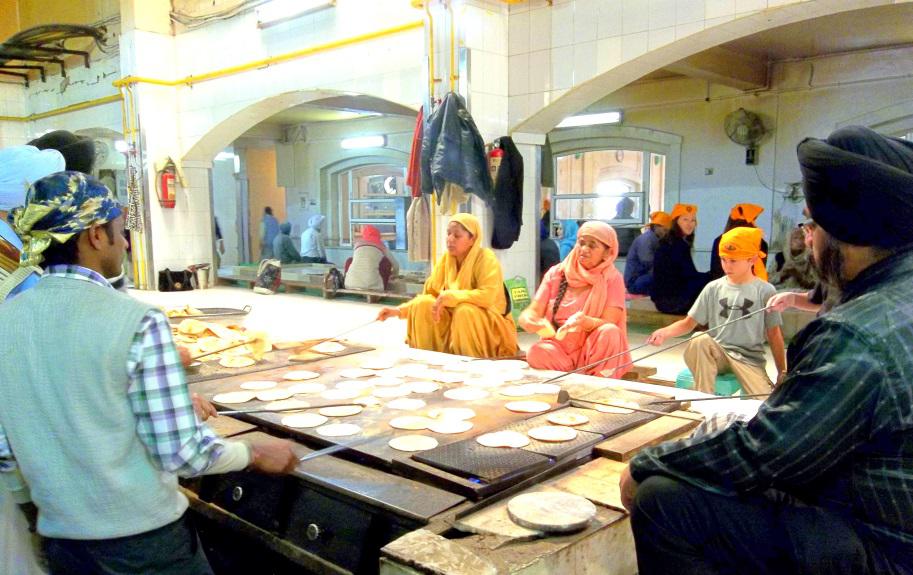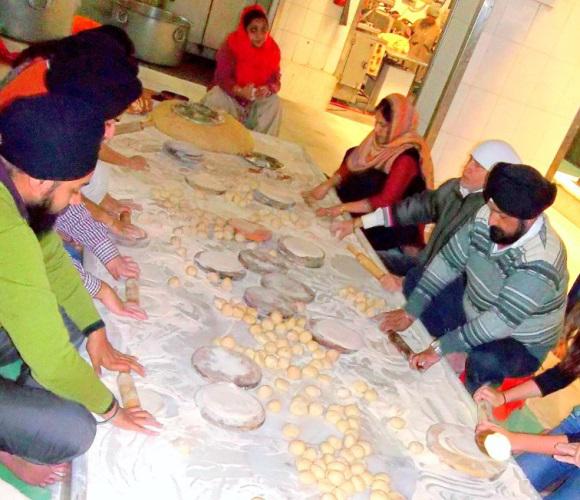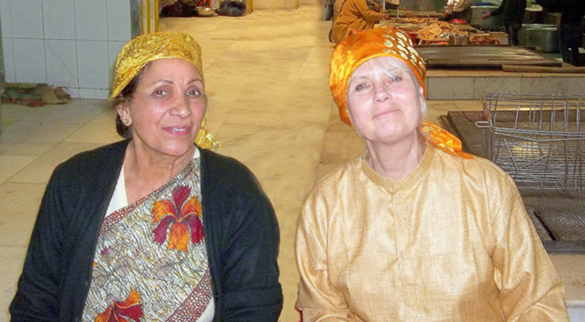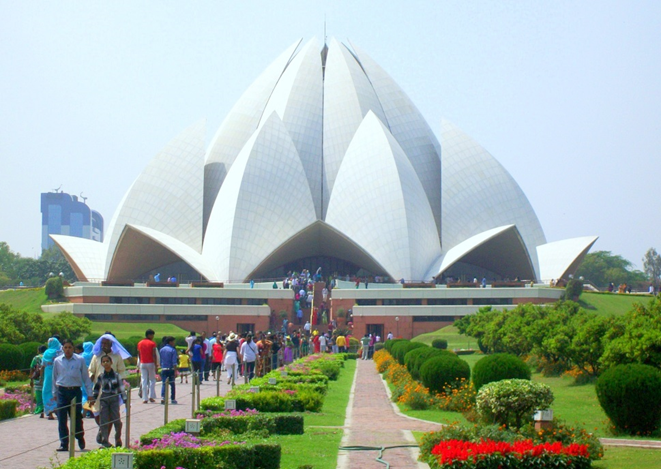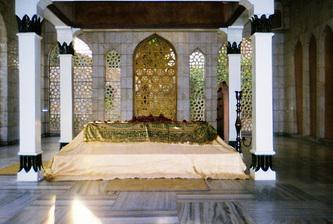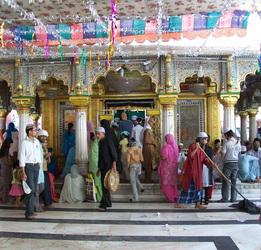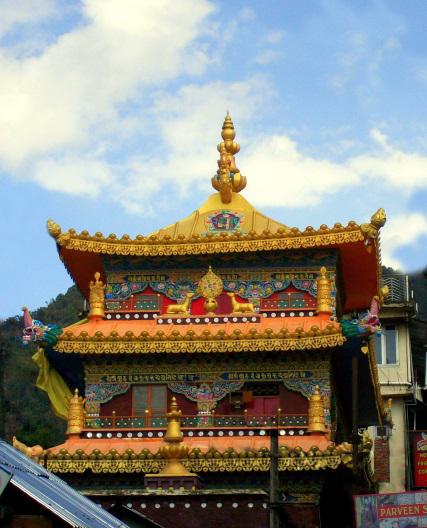
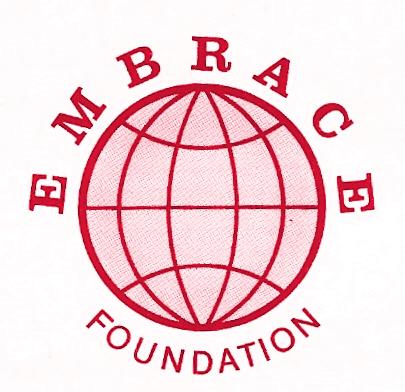
Embrace Foundation Retreat Center
Embrace.Foundation (skype messaging) - 011+1+212.675.4500 (New York)
Click to Email Us
Interfaith India
Embrace Foundation is a non-profit,
educational foundation set up to create
better understanding between people of
different religions, cultures, traditions and
world philosophies.
Embrace Foundation works to bring leaders
and scholars of world-wide religions,
cultures and philosophies together by
sponsoring forums, seminars, lectures and
developing an international exchange
program. Embrace Foundation is particularly
concerned with reaching the world public
through the media.
Purpose
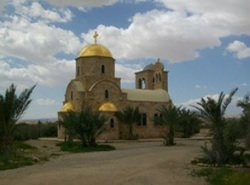
Donations
Embrace Foundation is an all volunteer
organization. All donations go directly to
programs.
Embrace Foundation does not and has
never given permission to any outside
organization to solicit or receive
contributions on our behalf.
All donations should be made to Embrace
Foundation only via Paypal or by mail. All
donations are tax deductible. A receipt will
be emailed to you. Please click on the Pay
Pal link below to Donate.
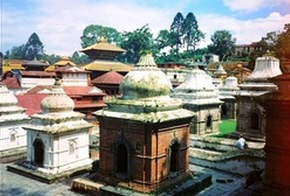
Travel As An Interfaith Act
Embrace encourages all who can do so, to
learn about other traditions and cultures by
traveling as “Grassroots Diplomats.” We
hope that people every where become life
long students of our world-wide humanity.
“ In every man there is something wherein I
may learn of him, and in that I am his pupil.”
R.W.Emerson
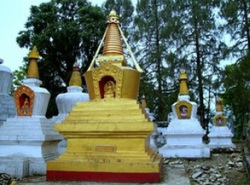

Embrace Humanity

Great Visions - TV
Guests are: Swami Satchidananda &
the Rt. Reverend Dean Parks Morton
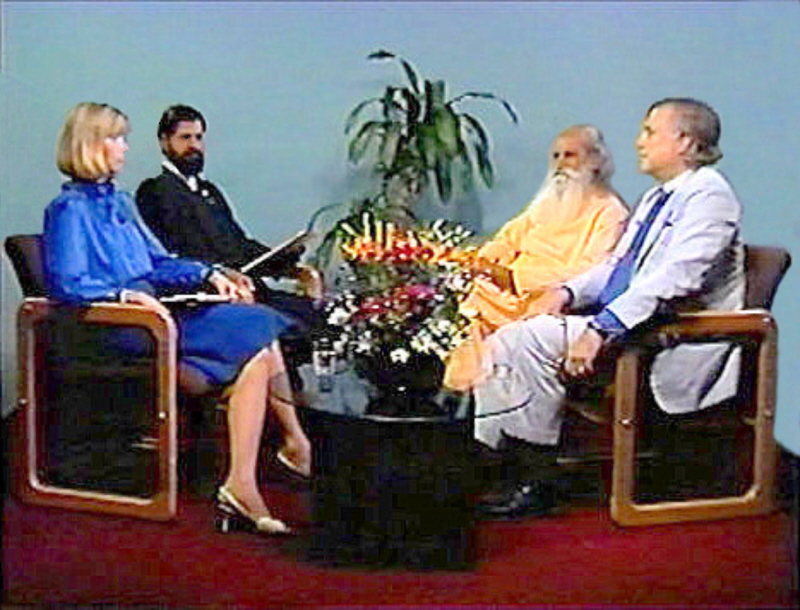
Embrace Archives
Limited Editions Gallery
Umrah - Jordan
Embrace Sacred Places
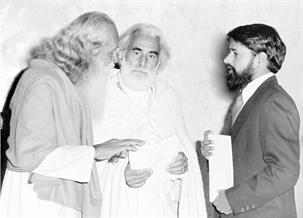
Monastery of Bahira - Syria
Embrace Foundation Universal
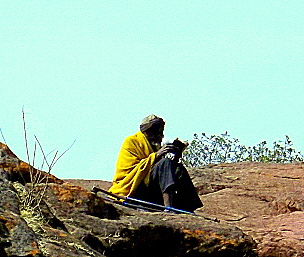
Monk Reading - Ethiopia
Thank you for making a donation.
NORTHERN INDIA - 2014
Interfaith in the Lower Himalayas (& Ecological Awaking)
The Embrace Founders have made many trips over the past 31 years to the lower Himalayas and Delhi. We wanted to
revisit these locales and share photos of some of the numerous interfaith and intercultural activities that are going on.
HRISHIKISH - INDIA
THE DIVINE LIFE SOCIETY
(SIVANANDA ASHRAM)
Swami Sivananda the founder of the Divine Life Society has long been considered a beacon by many decades of idealists
in the promotion of interfaith/intercultural values. Books such as: “Unity of Religions” published by the ashrams’ own
publishing house give examples of his many speeches, writings and teachings concerning universally shared values and
ideals. In 1945 Swami Sivananda founded the “All World Religions’ Federation.” In 1953 he convened a “World Parliament of
Religions.” Swami Sivananda passed from his physical body in 1963.
Swami Sivananda was the Guru of Swami Satchidananda one of Embrace Foundation’s Honorary Founding Directors.
Swami Satchidananda built a temple in the United States (Virginia) especially designed so that people of all religions could
pray there in their own manner.
AN INTERRELIGIOUS ASHRAM
Ajata and Virginia were delighted to have lunch at the Ajatananda Ashram with Swami Atmananda, several of the ashram’s
Brahmacharis (novices) and Silvana Panciea and Piere Giorgi of Centro Europeo in Italy. The Ajatananda Ashram is a
unique practicing interreligious ashram located in Hrishikesh. The Founder of the ashram has his roots in both the rigorous
Eastern philosophical system of Vedanta and in Eastern and Western mysticism. A visitor will find photos throughout the
ashram of saints from all religions who have lived in India and contributed to India’s rich spiritual heritage; Hindu, Sufi,
Christian, Buddhist, Sikh, Jain, etc. There are also quotes from many spiritual and religious leaders to be found posted and
hanging throughout the ashram.
For those living outside of India who may be interested in visiting and learning more about the Ajatananda Ashram, you will
find Swami Atmananda (the founder) is intellectually astute, as well as a devotee of the One. For more information about
the: Ajatananda Ashram
YOGA FESTIVAL - PARAMARTHA NIKETAN ASHRAM
The Yoga Festival included awakening environmental activism in India
A Large International Yoga Festival was held the first week of March at the Paramartha Niketan Ashram in Hrishikesh. This
is the ashram that sponsors arati (ritual prayers) every evening on the Ganges, often aired on Indian television. A majority of
Westerners organized and attended the festival. For those who are not familiar with Hatha yoga, this yoga is not a religion
but a series of practices that can be done regardless of religious belief, or non-belief.
India is facing a nationwide environmental and conservation crisis. The ever growing population and unsupervised and
unrestricted development has not only destroyed forests, wildlife and the safety of water supplies, but has also impacted the
quality of life everywhere in India. The combined efforts of Indian's and Westerners of various backgrounds at the Yoga
Festival set into motion a critical awakening in Himalayan Ganges environmental consciousness. At the Northern End of
Hrishikish is a lovely waterfall. The villagers told us that a resort hotel (these are small affairs in this area and unregulated)
will be built over the falls thus guaranteeing sewage and garbage being dumped over the falls. Hopefully, with the growing
realization that grassroots people can take action to protect their cherished environment, they will take action to protect the
waterfalls.
BUT YES !!! THERE IS GOOD ECOLOGICAL NEWS!
GOOD NEWS!: Levi Jeans, India has invented a way to use 8 plastic bottles to make one pair of Levis. We think this is
brilliant and hope this innovative type of thinking multiplies a million fold.
MORE GOOD NEWS!: The highly polluting but much loved motor rickshaws are rapidly being upgraded and electrified. No
pollution and more people can go at one time to the same destination (such as a Metro stop.) One mid-sized vehicle can
hold from 4 to 6 people. We promise you won’t miss the lead gas fumes.
DON’T FORGET!: The Delhi metro has had a major impact on reducing pollution.
EVEN MORE GOOD NEWS!: Conscientious developers, merchants and Indian citizens who love nature are beginning to
take on India’s massive litter and environmental problems. Photos above show some examples from Bagsu Nag.
DELHI - INDIA
Sikh Bangla Sahib Gurdwara
The Sikh Dedication to Feed the Hungry All Day and Night
(An Intercultural Shared Experience)
Srimati Lata Mehtaji , a friend of Embrace and of the Embrace’s Founders had wanted to take Ajata and Virginia on their
previous visits to Delhi, to the Sikh Bangla Sahib Gurdwara. This February she did so. The Gurdwara has a sacred well
with healing waters but the most meaningful thing about the Gurdwara is that it feeds anyone who comes to the Gurdwara
and is hungry, all times of the day or night, without regard to any religious, class, caste or racial differences and without any
questions. This practice of feeding the hungry 7 days a week is an integral part of the Sikh tradition but not all Gurdwaras
can do it on this huge scale or for nearly 24 hours a day.
Many people of all faiths in Delhi and even visiting Westerns who are not Sikhs volunteer to work in the enormous kitchen to
help feed the hundreds who come throughout the day and night. The only requirement is that you must cover your head.
The Gurdwara provides head cloths for all visitors. Some of the photos above show volunteers in the kitchen from all walks
of life and many different spiritual and religious traditions helping out.
THE BAHA’IS
The Baha'i Lotus Temple in Delhi
The Baha’i Temple in Delhi is incredibly popular as a day outing among Indians of all faiths. Baha'is have long believed in
One Human Family and the equality of all religions as part of their faith. It is phenomenal to see hundreds of people
constantly lining up for a chance to visit this temple. No doubt the lovely well-kept, grounds and the pools of crystal clear
water surrounding the temple are among the attractions for those visiting. However, most importantly no one is shy
because all know they are welcome. Among sight-seers, were many traditional Muslim couples. Smiling young women in
black abayas requested that they get their pictures taken by their husbands, brothers and sisters in front of the sign
photographed above - It Says: The essence of all the Messengers of God is one and the same. - Baha’u’llah
THE SUFIES IN DELHI
A Long History of Inter-Religious Dialogue
The dargahs of Hazrat Nizamuddin Aulia and Hazrat Inayat Khan of the Chishti order (or Chishtiyaa) are major pilgrimage
places for people from all over the sub-continent and many from Western Nations for Hazrat Inayat Khan, since he spent
many years in Europe and America. These shrines are a distance apart of about 5 minutes.
The founder of the Chishti Order Khwaja Moinudeen Chishti of Ajmer, India (1142-1236) strongly advocated the shared
spiritual ideals between Hindus and Muslims, particularly in reference to the Beautiful Names describing the Beloved, Allah
(or Khuda, in Farsi / Urdu which is mostly spoken by Muslims on the sub-continent) and the various Hindu Gods and
Goddesses representing different aspects of the One Brahman or Parmatman.
The Nizamuddin Aulia Dargah is visited by thousands of people every day from every religion on the Indian sub-continent.
On Thursdays & Sundays there is feeding of people who are hungry and visitors. The food is made purely vegetarian
because many of the people visiting are: Hindus, as well as, Muslims, Sikhs, Christians and others.
Hazrat Inayat Khan wrote and taught extensively on the universal truths and ideals of the worlds’ religions. Although, these
teachings penetrated a large majority of his talks, classes and writings, the volume of his work entitled “The Unity of
Religious Ideals” consolidates many of the primary teachings in this area.
Hazrat Inayat Khan’s son Pir Vilayat Inayat Khan is one of the Honorary Founding Members of Embrace Foundation and
until his death was a strong proponent of “Unity within Diversity.” He used to say that “Unity is not Uniformity.”
THE DALAI LAMA, TIBETAN CULTURE
Interfaith, A Way of Being
His Holiness the Dalai Lama was one of the first religious leaders that Ajata and Virginia went to visit after they conceived of
the idea for Embrace Foundation in Gangotri, India in 1982. This of course, was long before the Dalai Lama received the
Nobel Peace Prize. The Tibetan Community has from the inception of Embrace participated wholeheartedly in our interfaith/
intercultural activities. For 16 years Ajata and Virginia were unable to attend any audiences or talks by the Dalai Lama, so
they looked forward this year to hearing him give one of his annual talks to the Tibetan Community in McLeod Ganj.
At the talk, Virginia sat next to a Vajrayana Buddhist woman and her daughter who had come to see His Holiness from
Russia. The mother began crying at the end of the talk while she watched the Dalai Lama pass by. Many people around the
world think of the Dalai Lama as only the spiritual leader of the Tibetan people, but he is also very much revered in:
Mongolia, Sikkim, Nepal, Bhutan, parts of Burma and a small area of Buddhists in South-West Russia.
His Holiness has actively engaged in to many interfaith events. In 1984, he wrote a small brochure called “A Human
Approach to World Peace” highlighting the commonality of all people (which he has later reiterated in many other talks and
books).
The Dali Lama instituted elections a few years ago, so that now the Tibetan Diaspora has a democratically elected
government representing them.
McLeod Ganj, the heart of the Tibetan Refugee community, has changed a great deal since the early days, as traffic has
escalated on streets that can barely accommodate pedestrians. This is making life very hard on everyone whether visiting,
working or living there. It is hoped by just about everyone that vehicles will be parked at the bottom of the mountain and
luggage and people will be brought up by small electric motor rickshaws to both McLeod Ganj and adjacent Bagsu Nag.
The compassion long exhibited by the Tibetan people has made itself felt with even more refugees coming in over the years
from Kashmir and Afghanistan. These refugees have fled to the safety in McLeod Ganj from terrible wars and violence. In
McLeod Ganj refugees who had little hope have been made to feel safe and welcome.
_______________________________________________________________________________
A Small Note about Some Quirky Developments in India
Diabetics & Sugar Consciousness
It used to be that only people from the state of Gujarat put sugar in their dhal. Curries and other non- dessert meals.
However, India is now a large producer of sugar cane. Sugar is cheap and many of the traditional spices are not so to cut
costs and increase profits, many small dhabas and restaurants are flavoring meals that should be savory with sugar. This
is not good for diabetics or for anyone's health, so being aware of this phenomenon you can either order something you are
reasonably sure won't have sugar or ask whether they put sugar in the dhal, curry etc. You will not necessarily get a truthful
answer but at least the ever accommodating restaurant owners will quickly get the idea that tourists aren't keen on sugar in
what are supposed to be savory meals.
Shampoos & Conditioners
Because most Indians have black hair, it has never been uncommon in Indian manufactured shampoos to add an herbal
“blackening” agent into their products. However, you will find this now common even in Western brands sold in India (the
ubiquitous Unilever products can not be trusted in this regard.) We witnessed a blond blue-eyed Irish architectural student
go quickly from a vibrantly natural blond to a brunette.
Since 2010, the Embrace Founders have traveled extensively to: Lebanon. Syria, Jordan, UAE, Oman, Sikkim (India),
Ethiopia, South India, Egypt and Ghana to bring interfaith/ inter-cultural education to people both East and West and to bring
the Truth of what is happening in many countries since the Western Broadcast Media does not do so. For information
about our previous travels.
Go to: Embrace Foundation Archives
- Great Visions TV
- Inspirations
- Media
- Possibilities
- Astrophysics, Quantum Physics & The Nature of Reality
- Deconstructing Nuclear Fission & Nuclear Waste
- Defense Industry as Community Builders
- Defense Industry As Energy Providers
- Global Water Shortages
- Innovative Technology
- Intelligent Communities & Development
- Pentagon & Non-Western Nations
- Recreating
- Resource Based Population
- Sharing Community Resources
- Protecting Human Rights
- Spiritual Ecology
- Syria
- Write to Us


